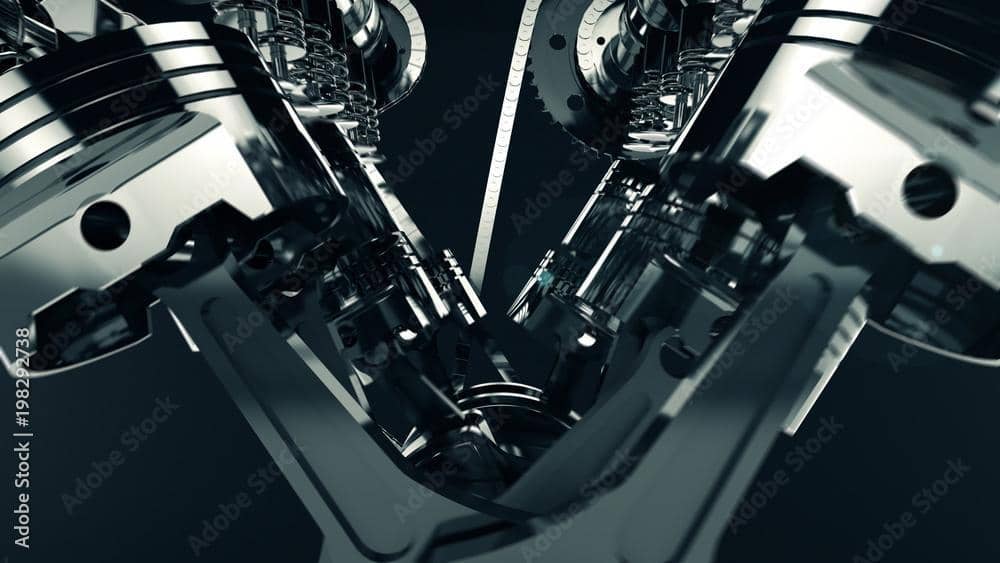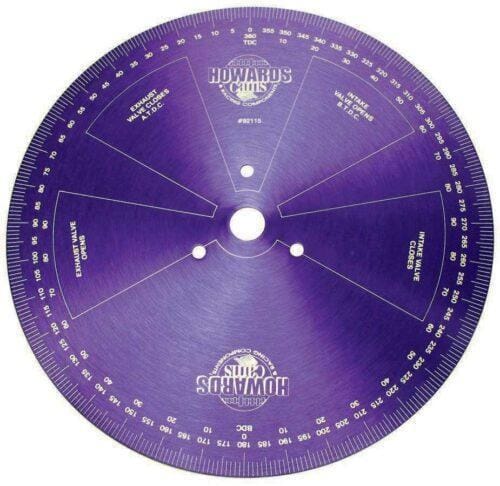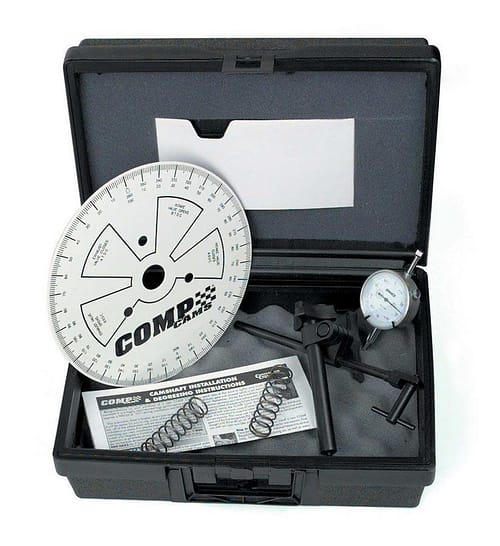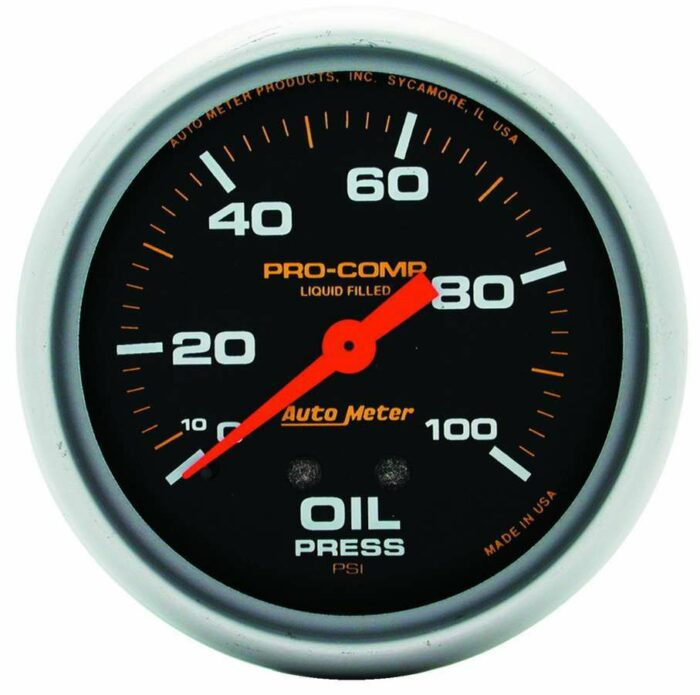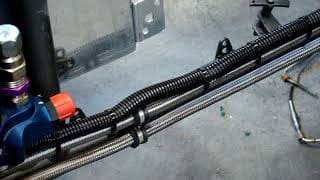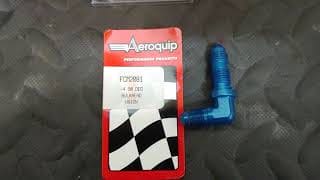Camshaft Degreeing Helps Optimize an Engine’s Power
But also can have a positive impact on its reliability and long-term durability.
While a rebuild for a race engine can cost significantly more than one for a daily driver. Now those with intimate knowledge of high performance engines understand that there is quite a bit more invested. Not only because of the increased cost of high-performance parts but also due to the attention to detail and additional time required throughout the entire rebuilding process.
Although it consumes a bit of time and can add a bit of expense as well, one of the most basic chores when assembling a race or high-performance engine is degreeing the camshaft. The builder that assembles any sort of high-performance engine and simply “lines up the timing gear marks” is ignoring its benefits and is literally leaving horsepower on the table. When you degree the camshaft, this ensures that it is installed precisely where the camshaft manufacturer intended. This helps to truly optimize the engine’s valve timing events.
Camshaft manufacturers, including Comp Cams, Isky, Lunati, and Cam Motion, for example, spend a significant amount of time on research. They also do development, and testing on an engine dyno prior to finalizing each camshaft design. They carefully scrutinize each of the given camshaft’s valve timing events and optimize them for the particular engine, application, and specific RPM range. This is why you should degree the camshaft properly as part of the installation process.
Most camshaft manufacturers recommend using the intake center line method. If you use this method, it comes with all of the given camshaft’s valve timing event data and degreeing instructions. You will find this on the camshaft spec card. Each new camshaft includes this. Instructions are typically worded as listed here:
Steps for Degreeing Your Cam
One: Find Top Dead Center on the number one cylinder and set your camshaft degree wheel pointer to “0” or “TDC”.
Two: With the dial indicator on the #1 intake lifter, rotate the crankshaft clockwise until the lifter goes to its highest point.
Three: Set the dial indicator to “.000”.
Four: Turn the crankshaft counterclockwise until the lifter drops .050″ and record the number that the pointer is sitting on.
Five: Turn the crankshaft clockwise until the lifter rises back to .000″.
Six: Continue to turn the crankshaft clockwise until the lifter drops .050″ and record the number that the pointer is sitting on.
Seven: Add the two numbers you recorded prior and divide by two. This is the intake centerline.
The camshaft may be degreed with the heads on or off. However, the process is simplified with the heads off, and with the short block assembly on an engine stand. It is significantly more difficult and time-consuming with the engine in the vehicle, but you can still degree the camshaft.
Prior to degreeing the camshaft, there are a couple of special tools that will be needed to perform the task. A camshaft degree wheel, TDC piston stop, and 1″ travel dial indicator with stand will be required. Keep in mind that a larger diameter degree wheel is more accurate and easier to read. Again, it’s way easier if the engine is not in the vehicle. Comp Cams offers a universal camshaft degreeing kit (COM4796).
This includes a 9″ degree wheel, dial indicator, special cam checking fixture, TDC stop. It also has (2) lightweight (valve-to-piston clearance) checking springs.
After Camshaft Degreeing
Let’s say for example, we’ve completed the degreeing process. On a high-performance street application, the intake centerline is found to be 1° or 2° off spec. Now, it is of no concern and won’t make any noticeable difference in performance. On the other hand, it should be corrected if it’s a competition race engine, or a street application that is found to be further than 1°-2° out of spec.
There are several different methods that allow changing the intake centerline of a camshaft when necessary, some of which depend upon the make of the engine. The most common procedure is by utilizing an offset camshaft dowel pin bushing, available from companies including Comp Cams (COM4760). The kit includes a set of (5) bushings, one each of 2°, 4°, 6°, and 8° along with a centered, 0° bushing.
The dowel pin hole in the cam gear is simply drilled to 13/32″ so that the chosen bushing may be installed into the gear, and used to retard or advance the cam timing. Keep in mind that offset bushing usage is not an “exact science”. Let’s say we have a 2° offset bushing, for example. When installed in the advance (dowel pin moved clockwise) position, does not mean that it will precisely advance the cam by 2°. The process is literally “trial and error” and the camshaft should be re-checked each time a bushing is changed.
Another Method
An alternate method of altering cam timing utilizes the crankshaft gear. Most high-performance timing sets feature a crank gear. This is machined with not just a single provision for the crankshaft’s keyway but three, or even nine positions. These special crank gears include machined provisions for alternate positions, each marked “advance” or “retard”.
While not as easily changed or as accurate compared to utilizing offset camshaft bushings, they are a viable option. Pontiac V8 and Gen. I Chrysler Hemi use offset camshaft or crankshaft keyways (Chevrolet V8).These are available from Mr. Gasket and may be employed.
Yet another method is by using a so-called “adjustable” timing set, which eliminates the need for offset bushings or keyways, such as the Cloyes Hex-A-Just. The Hex-A-Just uses a special eccentric which either retards or advances the camshaft slightly. This is by simply first loosening the rocker arms to remove the load from the valvetrain, and follow by loosening the cam bolt(s) to provide the desired adjustment.
Although an “adjustable” timing set is a bit more costly than a traditional set, they have proven very effective and accurate in speeding the degreeing process.
Changing the intake centerline
Racers employ this as a means to alter the horsepower and torque curves of an engine. This is with the goal of increasing performance. It is common knowledge that when you advance the camshaft by a couple of degrees, it will result in increased bottom-end torque and throttle response. Now while retarding it, it will have the opposite effect, providing an increase in top end horsepower. Naturally, these “improvements” come at a cost under these circumstances.
Typically when you increase low-end torque, you sacrifice top-end horsepower , while the opposite is true when you enhance upper RPM horsepower is. Of course, the only true method of determining the results is by trial and error. Not coincidentally a phenomenon that most performance enthusiasts are well aware of.
I hope you enjoyed this informative article, written By Jim Kaekel, Jr., at Motorstate.
If you go to this page, Camshaft archive, there are several more articles on the subject of camshafts.
